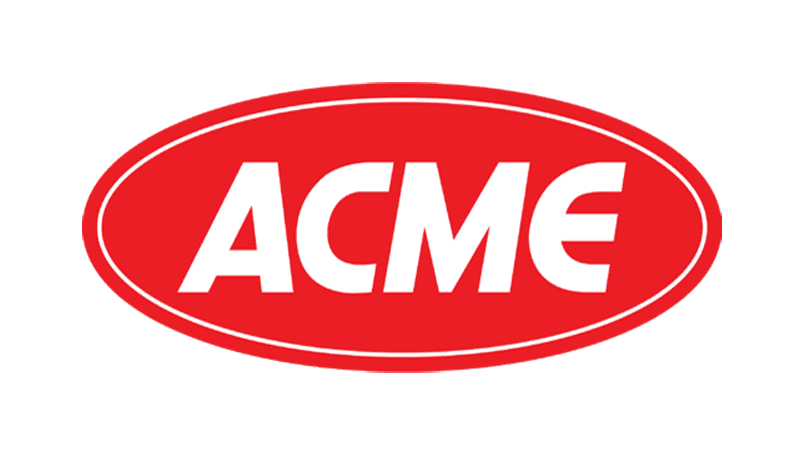What is a Defined Benefit scheme?
Our Plan is a Defined Benefit (DB) pension scheme. This means the pension you receive is determined by a mathematical formula, offering more predictability compared to other types of pension arrangements. You can find more information about how your pension (and other benefits) are calculated in our benefits factsheet, which is available for viewing or downloading in the Documents section of our website.
This is generic content
How our Plan works
As each member’s pension is defined by a mathematical formula, individual accounts are not necessary. Instead, all of our Scheme’s assets are invested as a single fund, to be used to pay pensions (and other associated benefits) as required.
Maintaining the financial health of our Plan is crucial, which is why it undergoes regular assessments. We publish the findings of these assessments annually in a Summary Funding Statement. This document details whether the assets of our Plan are sufficient to cover the pensions that members have built up. Should there be a shortfall, the Statement will outline any changes that will be implemented to remedy the issue. These could include asking the Company to pay more into our Scheme or changes to how we invest the assets.
Who manages our Plan
Our Plan is held under trust. This means that our Plan's assets are not owned by an individual or individuals, instead they are held on behalf of all the beneficiaries – in our case, our members (you) and their financial dependents (your loved-ones). It's managed by a Trustee.
A legal document (our Scheme’s Trust Deed and Rules) sets out how the Trustee must operate our Plan and how members' pensions (and other benefits) are calculated.
Our Trustee has a Board of Trustee Directors. Some Trustee Directors are appointed by the Company with the remaining chosen from our Plan members.
The different types of members
Not all Plan members are the same. We have:
- Active members – those employed by the Company and still building their pension.
- Deferred members – those who are no longer building up their Plan pension but are yet to start receiving it.
- Pensioner members – those who are now receiving their Plan pension.
- Dependent members – those who are receiving a pension from the Plan following the death of the member. Some of these may be children.
Whilst we have these four types of members, in most situations they all have equal status and therefore our Trustee must consider the needs of all these groups when they're making decisions.
The choices you have
The type of member you are will determine what choices you have. Firstly, lets look at the choices you have at retirement.
When you start to receive your pension
Our Plan's Normal Retirement Age (NRA) is 65. You have some flexibility regarding when you begin receiving your pension. Typically, you cannot access your pension before age 55, unless you are seriously ill. It's possible to postpone the start date of your pension; but, you must start receiving it by age 75. Please be aware that starting to receive your pension before or after your NRA may require written consent from either our Trustee and/or the Company.
You can find out more in the When can you start receiving your pension entry in the Explore your benefits section of this website.
Whether you exchange some of your pension for a cash sum
Another choice at retirement is whether you wish to exchange some of your pension for a one-off cash sum. If you choose to do this the cash sum is normally paid tax-free. Any retirement quotation you receive will normally show the maximum cash sum available to you.
You can find more details about the choices you may have at retirement in the Explore your benefits section of this website.

Some of the other choices you have include:
Who should receive any money from our Plan if you die
This decision is really important as the amount of money payable when you die could be quite large.
Who can receive any money from our Plan following your death can also seem to be a little complicated. following your death can also seem to be a little complicated. Generally speaking, any pension payable must go to specific individuals. For example, your husband or wife or sometimes another person financially dependent on you. However, any lump sum payable is normally paid at the Trustee’s Discretion. It's really important that your wishes are considered when our Trustee decides who should receive some, or all, of any lump sum that becomes payable. Take a look at our guide: Tell us who you’d like to receive any benefits from our Plan if you die
Should you transfer your benefits out of our Plan
This is an option only open to Deferred members and may offer greater flexibility when you decide to retire. However, this is not a decision that should be taken lightly. Before acting you should consider taking financial advice from someone qualified to provide it – normally an Independent Financial Adviser authorised by the Financial Conduct Authority (FCA) to provide advice on pensions. In fact, our Administrator may require proof that such advice has been received before any payment can be made.
Additional Voluntary Contributions (AVCs)
AVCs are a great way for Active members to increase their benefits from the Plan. Unlike other Plan assets, these will be kept in a separate account, just for you. As well as deciding how much you wish to pay, you may also be able to choose how these are invested. When you come to retire, you'll be able to use your AVCs to either purchase additional pension or to form part of any cash sum you choose to receive.

